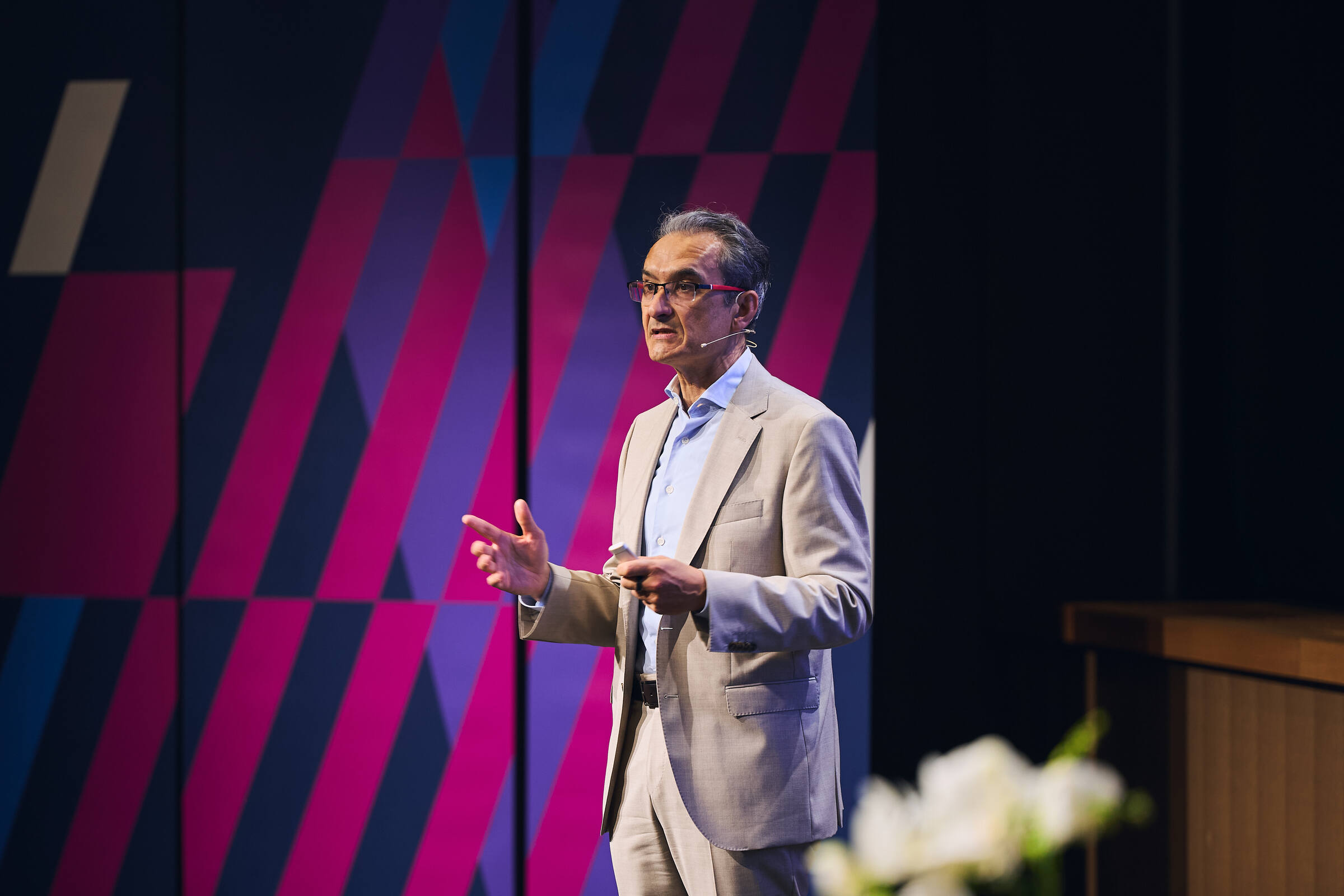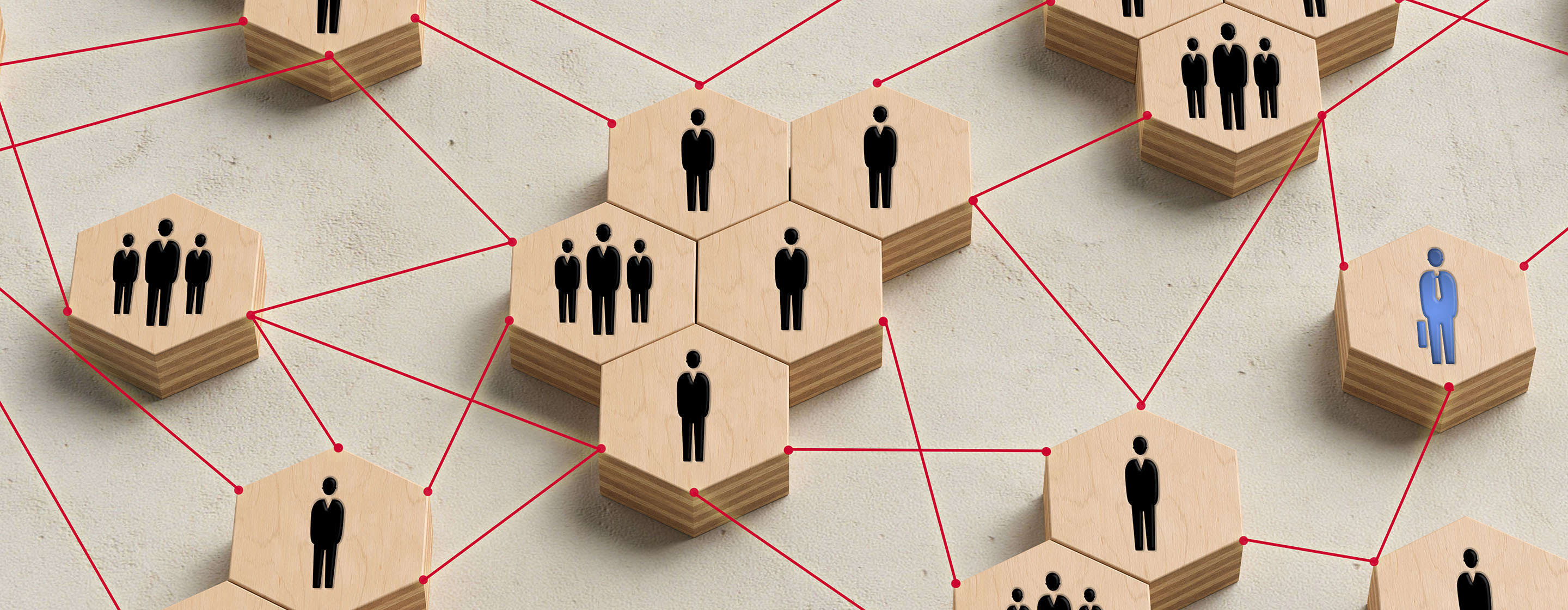
The innovator’s edge: start with a problem and develop a passion
Serial entrepreneur Ismael Ghalimi is no stranger to bold innovation. His responsiveness to the pandemic provides a timely study on how socially responsible entrepreneurship can operate with impressive agility even in a global crisis.
Breathe Inc. intends to provide accessible oxygen to patients and clean energy solutions for the planet, by building vending machines that enable the exchange and refilling of oxygen canisters.
Stationed outside pharmacies, the vending machines will allow health practitioners to pick up cheaper and more accessible oxygen for their patients. The hydrogen created during the oxygen extraction process would boost the supply of readily-available alternative sources of energy.
Ghalimi’s ability to leverage immediate purpose to create a viable business proposition offers a roadmap for leaders and entrepreneurs towards responsible business, conceived to serve the needs of people, planet and profit.
In an OWP liVe interview with Jim Pulcrano, Adjunct Professor of Entrepreneurship and Strategy, Ghalimi outlines the three-week conception and launch of his start-up.
The innovator’s checklist
Four components for creative innovation in crisis
- Horizon thinking: how a crisis affects strategic planning
In the wake of the COVID-19 pandemic, horizons have shifted dramatically. What used to be a 12-36-month period that involved short-term goals, such as maintaining efficiencies, hitting the numbers (Horizon 1) and targeting new clients and products (Horizon 2) has now collapsed.
The distant 3-5 year period that once denoted the furthest strategic horizon (Horizon 3), however, is now up close. That extreme shift has meant strategic planning must adapt to suit immediate circumstances. It’s time to play moonshots.
Breathe Inc. was forged as a result of Ghalimi’s experience of loved ones who had been affected by respiratory conditions. His immediate horizon was how to get affordable oxygen to those most in need.
He soon realized there was an equally pressing environmental need his idea could serve. Merging the two provided his Horizon 3 moonshot.
Ghalimi also saw this as an opportunity to stretch his own skills, along the way building his competence, and perhaps creating a template for a new way of quickly seizing opportunities.
- Individual responsibility to society: fall in love with problems not solutions
As the pandemic’s effect on the pulmonary system became more apparent, Ghalimi and his wife began to look at how oxygen was accessed by those in need and realized the supply chain was in dire need of improvement.
Ghalimi leveraged his formidable network to his aid, a long list of nurtured relationships built up over many years. His discussions with global experts drew him closer to realizing how his product could work.
“Oxygen is near enough free; it costs very little to buy. We realized if you packaged this in a canister and found a way to make it available to the end consumer – even at five times less than what it sells for today – then you have a business,” said Ghalimi.
- Create capabilities to seize opportunities: take advantage of surprises
A self-acknowledged lifelong learner who regularly takes on new challenges simply to see if he can do them and what he can learn, Ghalimi researched the extraction and delivery process of oxygen and incrementally created a pathway to market.
“Ismael looked at the oxygen supply industry, knew right away that it was broken, but also knew that he didn’t know the answer. He plunged ahead, asking experts for advice, experimenting and learning. When you’re doing real experiments, surprises are part of the game,” said Pulcrano.
“In Ismael’s case it was the realization that not only could he help caregivers and patients who required oxygen, but that he could help the world take a step towards a hydrogen-fuelled world.”
- Get to Minimum Viable Product (MVP) fast
Within three weeks almost $300,000 in funding was raised through friends and family, a team of virtual experts was assembled to aid his prototype design and a Minimum Viable Product (MVP) was put together. By May 22, just seven weeks post launch, after a series of sprints, Breathe reached the point of no return.
At this writing, three months after Ghalimi’s eureka moment, Breathe is well on its way to providing inexpensive oxygen to COVID-19 survivors and creating a network of hydrogen “gas stations” for our future vehicles.
Research Information & Knowledge Hub for additional information on IMD publications
Last week, a notification flashed. “Add your email address for extra security,” my phone chirped. It was from WhatsApp. I stared at the screen, a single question forming in my mind: Security? Or surveillance? I tapped “No.” The feeling wasn’t ange...
Research Information & Knowledge Hub for additional information on IMD publications
Research Information & Knowledge Hub for additional information on IMD publications
Research Information & Knowledge Hub for additional information on IMD publications
in I by IMD
Research Information & Knowledge Hub for additional information on IMD publications
Research Information & Knowledge Hub for additional information on IMD publications
Research Information & Knowledge Hub for additional information on IMD publications
Research Information & Knowledge Hub for additional information on IMD publications
in I by IMD
Research Information & Knowledge Hub for additional information on IMD publications
Research Information & Knowledge Hub for additional information on IMD publications
Research Information & Knowledge Hub for additional information on IMD publications







